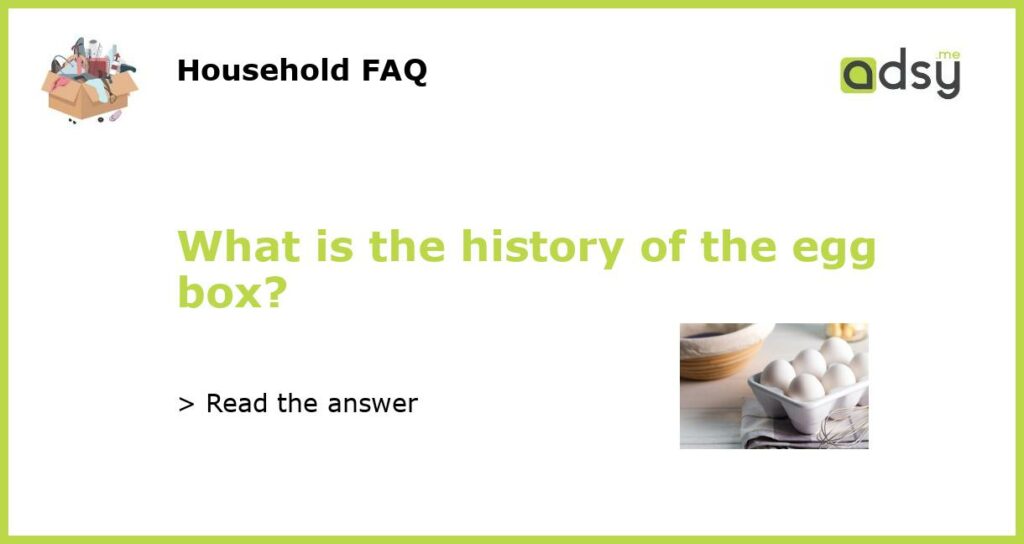The History of the Egg Box
The humble egg box, a cardboard or polystyrene container used to hold and transport eggs, has long been a staple in many households and grocery stores. But how did this seemingly simple invention come to be? Let’s take a dive into the fascinating history of the egg box.
The Early Days of Egg Storage
Prior to the invention of the egg box, eggs were typically stored in baskets or crates made of wood, straw, or other natural materials. However, these methods had several drawbacks – the eggs were likely to roll around and crack, they could become contaminated by dirt or bacteria, and they were difficult to transport without damaging.
It wasn’t until the early 20th century that egg producers and distributors began to experiment with more practical storage solutions. One early example was the “egg case,” a wire-framed container that could hold up to 200 eggs. However, these cases were bulky and difficult to handle, and didn’t offer much protection for the eggs.
The Invention of the Egg Box
The modern egg box as we know it today was first patented in the United States in 1901 by Joseph Coyle, a newspaper editor from British Columbia. Coyle’s invention was a cardboard container that could hold a dozen eggs, with individual compartments to keep them from rolling around and breaking.
Coyle’s egg box was a game-changer for the egg industry. It made it much easier to transport eggs without damaging them, and also helped to standardize egg sizes and shapes for consumers. The egg box quickly became popular among producers and distributors, and by the 1930s it had become the standard method of egg packaging in the United States.
The Egg Box Today
In the decades since its invention, the egg box has undergone a few changes and refinements. Polystyrene egg cartons were introduced in the 1960s, offering improved durability and protection for eggs. Today, egg boxes come in a variety of shapes and sizes, from traditional paperboard cartons to plastic containers with snap-on lids.
Despite these changes, the egg box remains an important part of the egg industry and a familiar sight in grocery stores around the world. Whether you prefer to buy your eggs in a classic cardboard container or a more modern plastic one, the humble egg box is an integral part of our daily lives.
The egg box may seem like a small and unremarkable invention, but it has had a huge impact on the way we store and transport eggs. From its humble beginnings as a cardboard container, it has become an essential part of the egg industry and a ubiquitous presence on supermarket shelves. The egg box may have come a long way since its invention over a century ago, but its basic function remains the same – to protect and preserve this vital and versatile food source.






